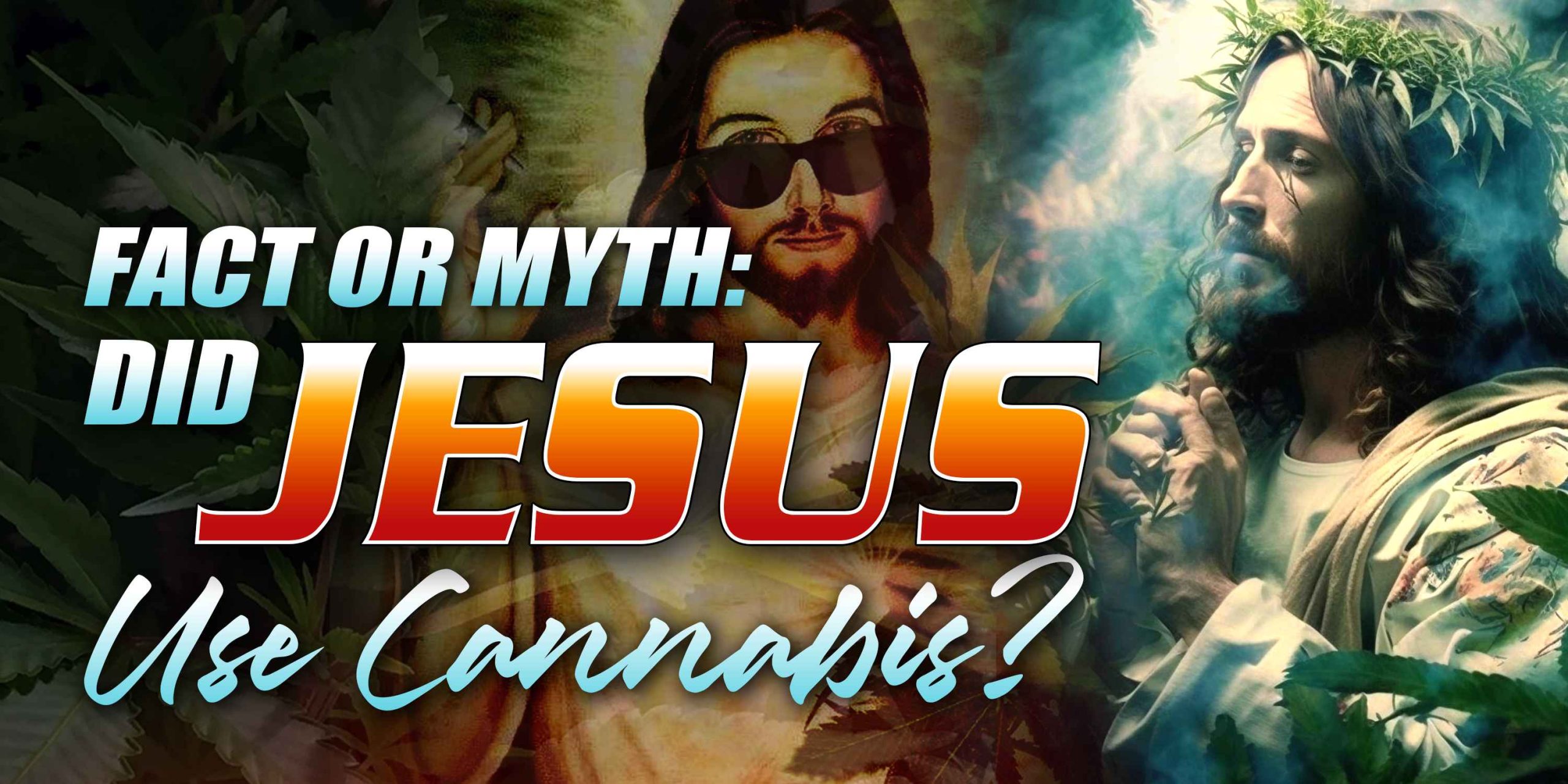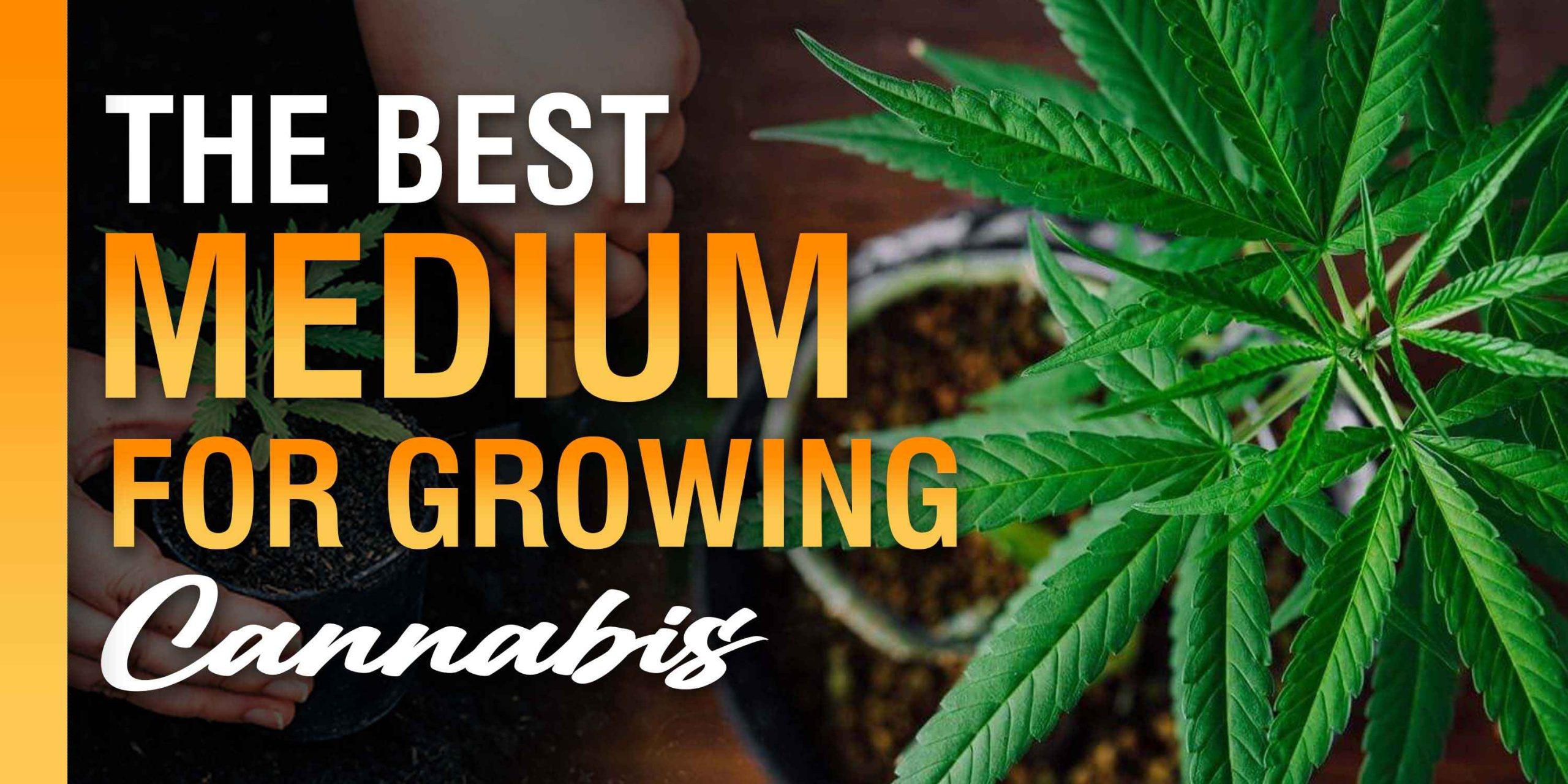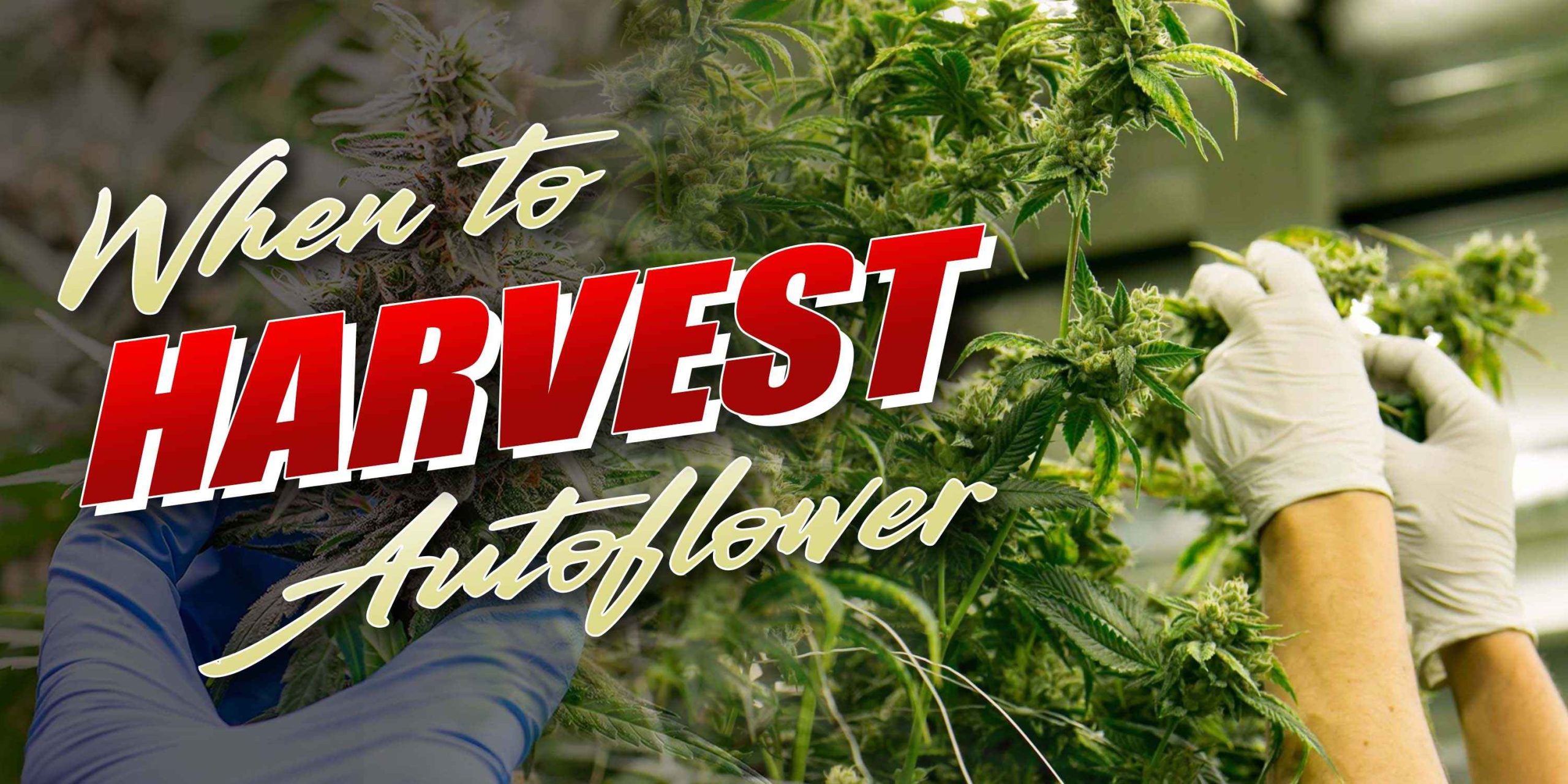


Fast and safe delivery
World class reliable support
80% germination rate
Multiple payment options
Marijuana has now become not just a hobby but a lifestyle for some people in the United States and the best part is marijuana seeds here in the USA are widely available through different seed banks all across the states. But if you are looking for a trusted seed bank that can deliver high-quality cannabis seeds at a reasonable price then you have come to the right place. Crop King Seeds has been in the industry since 2005. In the last 17 years, we’ve grown from a one-employee business working out of a single apartment to a leading seed bank with over 700 strains on the market.
Feminized marijuana seeds are specially bred to produce only female plants, ensuring higher yields and potency. This eliminates the need for growers to identify and remove male plants, saving time and resources. Feminized seeds offer a reliable way to cultivate high-quality cannabis and are favored by both commercial and home growers.
Autoflower marijuana seeds are a game-changer for growers. They automatically transition from vegetative to flowering stage, regardless of light cycle. With a shorter life cycle, they offer quicker harvests. Perfect for beginners, they require less maintenance and are resilient. Get ready for hassle-free, fast-paced cannabis cultivation!

Examining the historical background of cannabis in ancient healing practices reveals a story that goes back ages, showing how this plant was used for its

Selecting the best medium for growing cannabis is crucial for thriving cannabis plants and maximizing your harvest. The cannabis growing medium is the base for

The end method will let the growers’ laborious work get its much-needed validation, and there is only one task left to do, and that is
1 Free seed is given for confirmation of 5 star review left on our company for our company at Crop King Seeds. 10 Free seeds are given to every order with subtotal higher than $420, Check out our Sale page for great deals & free seed promotions.
We accept payments via Discover, American Express, Visa, Mastercard, and Bitcoin, as well as US and Canadian dollars. For our Canadian customers, we also accept Interac E-Transfers. After placing your order, our mailing address will be available at check-out. If you choose Bitcoin, select the Bitcoin option to direct you to our payment page for auto-processing. Please note that payments must be completed within 10 minutes to avoid time. If you encounter any issues or prefer to make a manual Bitcoin payment, contact our support team at [email protected]. American customers can contact us at +1 (818) 456-1046 and Canadian customers at +1 (236) 260-0658. After your Bitcoin payment, please provide us with the transaction ID. Upon confirmation, your order will be processed.
Delivery times for North American orders typically range from 5-7 business days, however, they may vary. Keep an eye on your tracking information for updates. International orders may take 7-14 business days to arrive.
At Crop King Seeds, we make sure that germinating your marijuana seeds is easy and successful. All of our seeds are viable and have a guaranteed germination rate of 80%. To ensure the best results, be sure to check out our germination page for tips and guidelines.
At Crop King Seeds, we offer a diverse selection of marijuana seeds including regular, feminized, and autoflowering varieties. In addition, we also carry High CBD seeds for medical use and fast version seeds for an accelerated harvest.
Crop King Seeds are available in various retail and online stores.
If you follow our germination guidelines, we guarantee that 80% of your seeds will germinate. In case of a lower germination rate, contact us at 1(800)805-7835 for assistance. You may be eligible for a one-time reshipment of failed seeds if all seeds were attempted. Crop King Seeds is not accountable for issues beyond germination. If you’d like to potentially be featured anonymously on our social media, submit germination photos/videos to [email protected].
NEW STRAIN RELEASES, PROMOTIONS AND FREE SEEDS!!!
Best Selling
Feminized Seeds
Regular Seeds
Customer Help
Contact Us
WE SELL MARIJUANA SEEDS IN THE USA

Are You 18 Or Over?
YesOr
No By clicking yes, you certify that you are over 18. By using this website, you agree to our legal disclaimer.